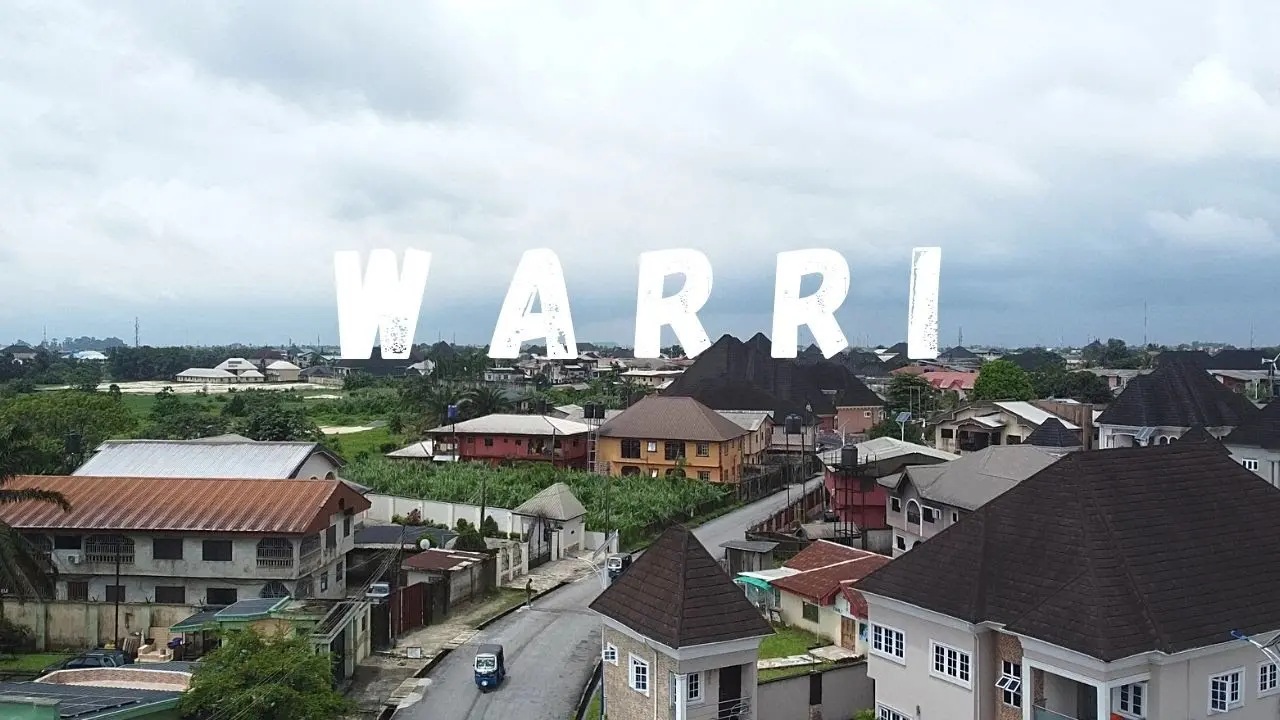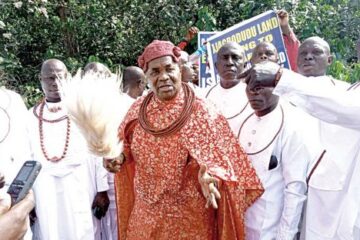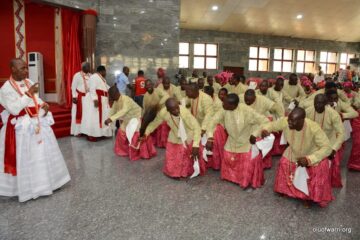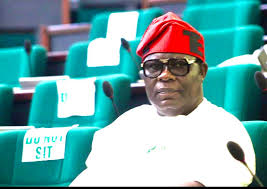To say that the ancient town of Koko in Warri-North LGA of Delta state is synonymous to the late war lord; Chief Ereomala Dedekumo Nanna Olomu ( 1852-1916 ), is to willfully blow the colossal, if not ‘larger than life’ personality of the latter out of proportion. Yet, one cannot runaway from the fact that the reign of Chief Nanna Olomu, who governed the entire Benin-river, and to a large extent, the Focados river between 1885and 1894 glorified Koko beyond territorial boundaries.
Till date, historians from the Niger Delta area have not been able to come to terms with the fact that Koko was the headquarters of a large part of the delta region during the reign of Governor Nanna Olomu. Accept it or deny it, that was the situation between 1885 and 1894 when Dedekumo (as Nanna Olomu was called then), at 33years was already in charge of all the estuaries in the Niger Delta. Significantly, the Benin-river estuary, Escravos estuary, the Focados estuary and beyond were under the whims and absolute control of Chief Nanna Olomu.
Koko is as old as the oldest community in the delta area of what has come to be known today as Nigeria. Importantly, Koko has no significant meaning order than a geographical nomenclature to mark out a unique and distinct set of people from the general. God did not create Nigeria. But, God created the Itsekiris and gave them dominion over the crude oil rich mangrove swamps of the estuaries of the Atlantic Ocean, off the Bight of Benin. Today, these areas have been partitioned into several local government council areas for administrative and political conveniences
At one time, during the reign of Chief Nanna Olomu, and before the fall of traditional empires in the Niger Delta, Koko was a melting pot for foreigners. This ancient town of aquatic splendor played host to all foreign missionaries, foreign and local trade delegations during the pre-colonial periods. The fortress that is Nanna palace, and today, a Living History museum was designed and built by Nanna with the assistance of slaves in anticipation of the responsibilities of serving as the headquarters of a larger part of Niger Delta. Let me quickly add here that, the Nanna palace was declared a National Antiquity by the federal government in 1976, and was upgraded to the status of a Living History museum in 1996 by the late Gen. Sani Abacha (1943-1998) led military administration. It is imperative to state here that the Nanna Living History museum is second to the Robben Island Living History museum in South Africa.
Koko became another headquarter in 1999 at the inception of a new state. Delta state was created by the military administration of the same late Gen. Sani Abacha who upgraded the Nanna antiquity to a Living History museum in 1996. The difference between the Koko of 1991 and that of 1885 when Nanna’s reign soared over a large part of Niger Delta was that the former served the administrative purpose for Warri-North LGA, while the latter was for the administrative convenience of overseeing those territories that were under the control of Chief Nanna . The status of headquarters, and the dynamics of ancient and modern, which Koko was, and still is, has not paid off in terms of infrastructural development.
Although, death-day is hardly celebrated in this part of the clime, however, the death of extra ordinary mortal can hardly ever be forgotten. Last July 2016 marked 100 years since Chief Nanna Olomu died, the Nanna Living History museum was a beehive of activities commemorative of the enigma’s death. Koko has been worse for it, 100 years after the demise of Chief Nanna, a war general that was labeled ‘dissident’ by the British Empire for a reason only to eliminate him and access the hinterland of Niger Delta. The deplorable state of infrastructure compared to the expectations of a people with such rich historical past is better imagined. Hence, one may say that the death of Chief Nanna was the end of an era. Unarguably, the demise of Dedekumo marked the end of the robust political and economic prosperities of Koko in pre-independence era.
In spite of the fact that Koko, and environs play host to several crude oil wells that were, and still the mainstay of the Nigerian economy, the areas in question reek so much of government neglect. The only federal government presence in Koko had long been abandoned. The seaport at Koko is the only natural harbour, which was not dredged in Sub-sahara Africa. Today, weeds and rodents have taken over the quay.
Although, one cannot blame the most powerful minister in the Buhari’s administration for concluding plans to establish a new modern seaport at Badagary. But what Babatunde Fashola should know is that Koko port is a natural harbour, and a stone throw from Lekki on sea. It will make economic sense from all ramifications to upgrade the sea port at Koko and save the country the enormous resources of embarking on a fresh elephant project. Babatunda Fashola should also know that the collapsing infrastructure in Lagos will further be overstretched if a new sea port was built at Badagary.
Okofu Ubaka Omamuli Esq. is a social critic, he writes from Koko, Warri-North LGA in Delta state.




